Last Updated on July 31, 2021

Laika Entertainment has one amazing track record. From early on with CORALINE up until THE BOXTROLLS, the studio manages to create heartfelt and beautiful stories that will connect with young and old. Yet you really don’t get the sense of how much time and dedication is put into making one of their films – after all, there is a reason it takes so long from concept to production to feature film. The intricate design, the costumes and the sets, as well as the characters, all make for an emotional and delicate journey. And from the looks of it, KUBO AND THE TWO STRINGS continues to follow in that pattern of putting exceptional love and hard work into each project.
During our visit to Laika in Portland, Oregon and after taking in all the impressive characters and sets, and the wonderful world they have created for the new film, we sat down to speak with Travis Knight and Arianne Sutner. The film is a first for Knight, who took on the directing duties for the first time with this project. He has gathered an impressive cast and a exciting script from writers Marc Haines and Chris Butler, and hopefully he will bring the studio yet another fantastic feature film.

Travis first thanked us for coming, and it was very clear that he was thrilled to have visitors to the studio.
Travis Knight: This is always an interesting process for us because we work on these things in a weird little insular bubble for so long. We create these worlds in these buildings and now we are at the end of this five year process of working on Kubo; we started working on it when we were doing PARANORMAN. Now that we are nearly at the end of it, we can finally open up and bring people in to our world. It’s always a cool thing to get people’s perspective on the things that we are doing here. So we’re really glad you guys could be here today. Thanks for coming.
Why was this the project you wanted to direct?
TK: Filmmakers are always trying to find that aspect of themselves in the stories. For me, just thinking about our approach at Laika, we always want to do something new, we always want to tell original stories. We don’t want to repeat ourselves and that’s why each film looks so different from each other. Each world that we create we build these entire worlds and each one needs to have its own flavor depending on what the story is about. So when we started thinking about KUBO five years ago, one of the things that got me excited was at the core of it was this big, epic fantasy. It’s not a kind of story that you typically see being told in our mediums [stop motion] and there is a reason for it. It’s really hard. I think you guys got a sense of it as you were walking around, most stop motion films feel like they are shot on a table top, because effectively they are. It’s a bit of wood that’s been gussied up and they have an animator moving a puppet around.
The inherent in this idea of this big, epic fantasy was something that could be evocative of those great, epic stories that I loved growing up as a kid. Things like STAR WARS, a David Lean movie, or Tolkien, or things like that that had sweep and scale and had some emotional resonance underneath it all, but it would be something interesting and new told in this medium. So we started moving on that way. And the challenge that we put to our teams to create this kind of Kurosawa myth in miniature was a really exciting idea. Now that is kind of surface stuff.
For me, the story rings deeply personal. As you picked up on, KUBO is essentially a proxy for me. He’s a kid, he’s a storyteller, he’s an animator really, when you think about it. And his whole world revolves around his mother. He goes on this journey of exploration and discovery through the course of this film; this classic kind of Joseph Campbell journey. It really is about that point in our lives when we are crossing the rubicon from childhood to adulthood and the things that we gain, and the things that we leave behind. As someone who has gone through that experience as a kid, and now someone as a father looking at my own children – I have a fifteen-year-old son and a thirteen-year-old daughter and a nearly three-year-old boy – at various stages you can kind of see through their experience and the struggles that they go through kind of knowing where it comes out on the other end. So it’s an opportunity for us to tell this classic coming-of-age story in this incredible setting that is a deeply personal thing for all of us.
As I said before, for me it’s really a story about a boy and his mother, for Arianne [Sutner] it’s about a mother and her boy. Monkey, as you probably got a sense of it throughout the day and the clips that you saw, she’s kind of a stand-in for Kubo’s mother; a maternal figure for Kubo. And Beetle becomes something of a father, kind of a makeshift family. As a director you try and find pieces of yourself in all of these characters and to see them without judgement. That can be hard because some of them are awful people. You have to try and get into the psychology of it, like what drives these characters. That is something that can be challenging but it’s really fun to dive into them.

How has it been transitioning to director?
TK: It’s been interesting and it has definitely been a transition. Early on, going back two years ago, we were just getting started on shooting. I thought, oh yeah, I can do this. I can animate, I can direct and I can run the company all at the same time [Laughing], no problem. You know, I looked at models; Ben Affleck can act and direct, so clearly I’m as good as Ben Affleck [Laughing]. Right?? I’m not as good as Ben Affleck as it turns out. So it turns out directing is actually a full time job [Laughing]. But I still, in everything that we’ve done, I want to keep getting my hands dirty and have my hands actually creating the stuff, not just calling the shots. It was important for me, even as tricky as it was to schedule and as much havoc it wreaked on my life, to try and find those moments that I could still get out on set and bring something to life one frame at a time.
On a practical matter, usually it would be at the beginning of the day before anyone got here, I’d be hammering out a few frames. We tried at one point to schedule, you know, protected animation time. It was like an hour in the middle of the day where I could go out and not be bothered and that went away very quickly [Laughing]. And then at the end of the day, pretty much when most of the shoot is done and people were going home, I’d just go out back and on the set and try and crank out a few more frames. So it was slow going, which is weird for me because I’ve always been one of the faster animators on the floor. It was kind of frustrating as an animator to not be able to have that devoted time to actually bring these things to life. Still, it was really important to me to not lose that connection.
As an artist, this whole process of directing a film on my own has been the most creatively satisfying experience of my entire life. I’m more proud of this film than any creative thing that I’ve ever done. As a director you become the nexus of all these different things and you are interacting and being influenced by, and influencing other artists, and it’s been an incredibly invigorating thing to be a part of. I loved it, I thought it was a really amazing process and it was so great to be able to work with these artists in a different way. Animators live a kind of lonely existence. We don’t even really know how other animators work because oftentimes you don’t watch other animators animate. You are off in your own little world. There is frenzied activity before an animator launches the shot, and they do the shot mostly in seclusion unless a light pops, or a puppet breaks or whatever, and then they are done and they can come back out into the world. As a director it is the complete antithetical experience. It’s like you are constantly surrounded and interacting with people all day long. One of the cool things too is that directors go on rounds, so you have your check-ins with animators frequently throughout the process. Every afternoon, or every morning, I’d go out and check on a couple of different animators where you can kind of monitor their process, or if they have questions they can ask you. That was eye-opening for me as well just to see how other animators work, because I don’t know how other animators work. I only know how I work. So it was like, oh really, you do that? That’s weird. You use that tool?
It was a really great experience. It was really incredibly satisfying and kind of moving on some level. Now that we are here at the end of the process, I can see the hands and the spirit of all the different people who have touched the movie, and you see it on the screen. All the pain that we have been going through over the course of these last five years goes away when you see these things come to life in a way that we actually believe it’s a living breathing thing.

About the casting.
TK: It was daunting, never having done it before. We have some of the best actors in the entire world. People who have been nominated for, and won, every award in existence. I’ll say this, I approach it kind of from an animators perspective, which is; animators typically work from the inside out, by that I mean that the animator working with the director will figure out what the emotional core is of a particular scene they are working on. If the character is angry or what have you, try and find physical gestures, movements that indicate that emotion and clearly communicate the idea.
Actors oftentimes work from the outside in. As a director you work with them from the outside in. You do not tell them you have to be mad, that’s a no no, you’ve got to try and create a circumstance or a situation to where they can actually feel that emotion, and give you an authentic performance. So in my mind it’s a completely backwards way of working, so I had to retrain myself. This is not play acting, I think a lot of people have a misunderstanding of what acting is, it’s not pretending. Actors are actually feeling those things in the moment. And you can tell the difference between an authentic emotion. Sometimes if an actor is preparing for an emotional scene, it could take them awhile to come down off of it, because they are actually feeling that. The cheeks get flushed and their ears are getting hot and all that kind of stuff. So you have to create those scenarios and situations where you can get the actor to feel those things. It’s just a really interesting collaboration.
In your head you have who you think these characters are, and of course that changes or transforms in some way once you start working with these incredible, world class artists, who have their own experiences and imagination that they are bringing to the process. And each character has evolved over the course of the making of the film and that is really exciting. I think every step along the way, whether it’s a designer or animator or an actor, they’re bringing something more to it than maybe you could have imagined. It really does become an extraordinary artistic collaboration. So all told, it was a really rewarding experience working with these actors. Pretty intimidating at first, but once you worked through the process it becomes another cool aspect of filmmaking.
On why they stick to a stop motion formula and accepting the limits as opposed to working with CGI.
TK: I think we do ask ourselves that sometimes, on occasion, given the challenges that we face, but it really goes back to the beginning of Laika. When we started, for those of us who’ve been working in stop-motion for a long while – including Arianna and I who have been doing this for twenty years – when I got started, stop-motion was already done. It was already withering on the vine. And quickly with the ascension of the computer, it was only a matter of time before stop-motion was not even remotely a viable way to make movies or to make special effects, or anything. Even though it had kind of hung around tooth and nail for nearly a hundred years. The computer can do basically anything we do physically better with way more flexibility. So when we started Laika, one of the core questions was, “What can we do with this medium and how can we make new stuff that hasn’t happened before and bring it into a new era?” And it really was about not fetishizing the craft aspect of it, but trying to find a marriage of craft and art and technology, science and innovation and blending all those things together. It was really about embracing the author of our demise by taking this infernal machine and making peace with it, and finding ways that we can work and live together. It was one of the best things that we have ever done because it allowed us to make films in a way that nobody on earth has ever made films.
We have all these different people from so many different disciplines. We have classically trained artists and we also have been working right alongside people who are inventing technology; futurist essentially. It was rough going at first on CORALINE when we started doing it because oftentimes these people don't know how to work together because they have entirely different mentalities and ways of working. But once we started living and working together we can anticipate what the other needs, and then it becomes a really exciting process, a real fertile ground for creativity and innovation. You’ll get all these different solutions for these problems from so many different areas of the company. It’s really exciting seeing that kind of convergence of the physical and the digital.
With KUBO, it’s just an extension of everything that we’ve done. We always try and do as much stuff in camera as possible, just by virtue that you want to have a unified sensibility. You want it to all look like you are shooting this thing at the same time. Any time you composite another element into a shot, you run the risk of it feeling like it’s not knitted into the scene. But we are also not purist about it, whatever tool makes the most sense, that’s what we use. The computer is a tool, just like an exacto blade is a tool. What tool makes the most sense for this scene, for this shot, for this film, that’s what we end up using.
To varying degrees, stop-motion, practical effects, digital video effects, and 2D animation become a part of everything that we do. With Kubo, it really became what is the best tool for this specific gig. And one thing informs the other. We did a lot of stuff with water. As a practical matter, sometimes we use practical water that we shoot on-screen and in camera, using like ripple paints and shower blasts or cloth. There’s a lot of different things we can do. But because of at the inner activity, we knew that a lot of the water we’d have to capture would be digitally. The first thing we do is we do physical tests and that informs what we do digitally. It’s one of the things that gives these films their unique feel just because the bag of tricks tool box is such an interesting array that they look and feel different.

When it comes to the uniquely flawed beauty of the films.
TK: The idea of imperfect beauty is that it’s a core element of the Japanese aesthetic and it is something we embrace here, and have from the beginning. As much as we strive for… when you make things by hand and strive for perfection, you are never going to get it. There is always going to be imperfections. That’s part of being human. You end up living with these things that try as you might, as perfect as you want to get them and as elegantly crafted as they can be, there’s always something wrong with it. That’s okay. There is something beautiful about that.
Arianna Sutner: That’s another theme that will run throughout the movie, up until the very last scene in the movie, it’s kind of a part of that. What it means to be human and what it means to be perfect. And there is a version of our baddies who have a version of their world that is perfect and cold, and supposedly unflawed. And then there is the human aspect and what it means to be alive and have feelings and warmth and have a couple of imperfections.
How do you determine what is the right world for each movie?
It’s different for each show, and sometimes it’s a struggle to find what the stuff of the show is, and sometimes it happens pretty quickly. On our last film, THE BOX TROLLS, it was really intricate, but it was suitable for what that world was. This Dickensian world with these off-kilter buildings and no straight lines. There was a bunch of stuff going on there, from the design perspective, it was rooted in the narrative which made sense. For this film however, that didn’t make sense. That’s not what this film was. For this film, we used a lot of very simple graphic shapes that we then got detailed through the textures. If you look at a lot of the designs they are pretty simple. The buildings are very simple shapes and that was rooted in what the design influence for the film was, which was largely ukiyo-e, which is these Japanese woodblock prints.
There was a graphic artist in the 20th Century named Kiyoshi Saito who kind of took it in a different direction. He was probably the prime influence for the film. There was something that was really beautiful and interesting about his work in that it’s very simple, very graphic, with old swashes of color. Asymmetry. A lot of the big swash of color are then given texture by actually using the process by pushing the wood grain into the ink. So you see these incredible textures in his work driven by the process. It’s really interesting and beautiful. And the other thing that’s interesting about Saito is that he comes from centuries of working in traditional Japanese woodblock printmaking. He did it all himself and he also was heavily influenced by European painters like Paul Gauguin, Henri Matisse, Edvard Munch, so it’s that interesting distillation of East and West and old and new, and the real and the imagined which kind of synthesizes inside this one artist. Then on the other side you get something totally new. That is absolutely something we do here on every film.
Ultimately the film becomes a distillation of all the things that we love and we kind of put it in a big gumbo and on the other end something new comes out. That’s an exciting thing for an artist to take these overlapping spheres of influence and put it through your own filter and life.
On finding that balance on reality and fantasy.
Some things are a struggle to get. Every film we do is a stylized world, these are worlds that have an acquaintance to the real world but they are not the real world. You are informed by real places, real props and real sets, real locations and real people, but they are heavily stylized with whatever the design prism is in the show. That’s why you can see that woodblock texture in basically every surface of the film. It’s subtle, but in the clothing, the sets and the water and it’s texture within it, it’s what makes it feel like a real place. It has history. It has tradition. It’s been lived in. It doesn’t come out of a box. In the end I think it’s a very unique world. We will never do a world that looks like this again, which is sad because I love this world. But I’m also excited by challenges that come down the road. This is kind of our statement with this perspective. It’s exciting to share, but it’s a little bit bittersweet to leave it behind.

How long did it take to work on the script?
TK: It takes a good long while. And because we’re not Disney, we are an independent animation house and we are not a multi-national media conglomerate, we have to be very careful about how we spend our dollars. Budgets are relatively lean. I think our budget for this film would probably cover Disney’s craft service bill [Laughing]. It doesn’t look like it, but part of it is being very smart about where we are spending our resources. We really don’t design anything until we feel very good about the script. It’s kind of a more live action model really. In animation, a ton of films they find on the boards, and you can do great work that way but it’s incredibly expensive. We just can’t do that. We want every dollar to be up on the screen. We don’t want any wasted effort, so we spend much of our early time just figuring out who these characters are and what the arc of the story is.
Almost exclusively our energy goes to what is in the script, and that’s only a couple of people working on that. You start burning through cash once you start adding people to the project. So little by little you can start bringing more people in and more artists into the mix so you feel good about this world, the characters and how the script is shaping up. Then you start bringing in your designers and you figure out what the characters look like. Then you start bringing in illustrators depending on what the world and locations look like. Little by little you start bringing in more people into it. Initially, for the first couple of years it’s pretty much exclusively just working on the script.
On the scale of this project and how it has become much bigger than previous films – this includes a 25 foot tall skeleton puppet.
TK: It’s hard to imagine a bigger puppet than the skeleton. I love that skeleton because with every film that we do, there is a new challenge that we’ve got to figure out. And that is where a lot of the innovation and a lot of the technical thinking comes from. It’s one of the things I love about artistry and technology is that it’s not a matter of reflecting what is, it’s a matter of imagining what could be. And that is every form of innovation for the course of humanity. It’s what might be. With every innovation we do in a film we can then apply those learnings to the next one. The giant skeleton really was rooted in how we pulled it together from our last movie, THE BOXTROLLS. We made this weapon of mass destruction, this big mecha drill and we didn’t know how we were going to do it. We were going to do it as a scaled down model. As we started with the process of it, we realized that it’s just really a big puppet so let’s just scale up the rigging and everything else because it’s really just a big puppet.
AS: And then make eight of them [Laughing].
TK: But then after we did that we were like, well what is a giant skeleton? It’s just another big ass puppet. So it’s very big. It’s kind of ridiculous really because essentially it’s a moving set. And it has to perform. But I love all the technology and everything that went into making it because it is really high tech. We went and built these new systems, we machined these new gears and everything else to bring it to life. And yet, on the other hand, we have an arm that’s held up by a cable and with a bucket with sand. It’s low-fi and high tech merging together. The great thing about that is that once we conquer a challenge like that we know we can do it. It makes me ever more confidant that our teams can tackle pretty much any challenge. Even though in front of us, we don’t really know how we are going to do it. Some genius always figures out a way to get through it. It’s inspiring.
AS: It would have been a crime to have done that in CG. We didn’t want to do it in CG. It energized us, and it scared us and challenged us to be able to make it like that. And we are so damn proud of it and we love to show it off.
TK: There is an inherent restlessness here that we always want to challenge ourselves and we don’t want to settle. We are always looking for that new, great artistic challenge. But I wouldn’t want to do some big thing just for the sake of doing it. It really has to be rooted in the story we’re telling so as I look at the next couple of films, knowing what they are now – I’m not going to tell you what they are [Laughing] – they are different kinds of challenges. Not THOSE kind of challenges, but it’s something that we haven’t tried before which is just as exciting to me. So you can take that off the box of things that we’ve done, and it’s great knowing that if we need to do it again we know how to do it. Then we can apply all that energy into something new which is really incredibly exciting.
We at JoBlo.com would like to give a huge thanks Travis Knight, Arianne Sutner and the rest of the talent that took the time to show us LAIKA. And of course, thank you to Focus Features who made it happen. KUBO AND THE TWO STRINGS opens this coming August 19th at a theatre near you, and I couldn’t be more excited.


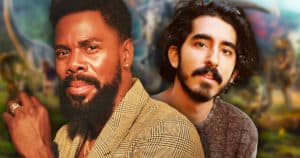
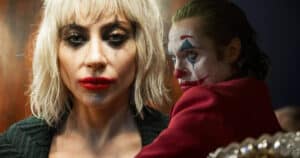
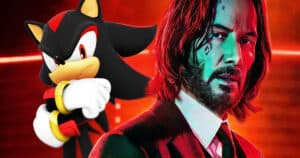
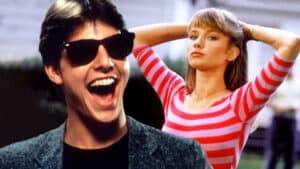
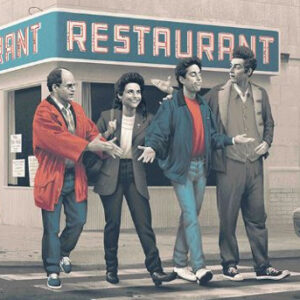
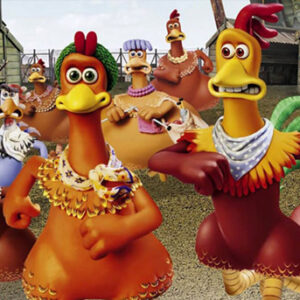
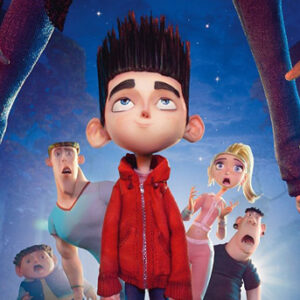

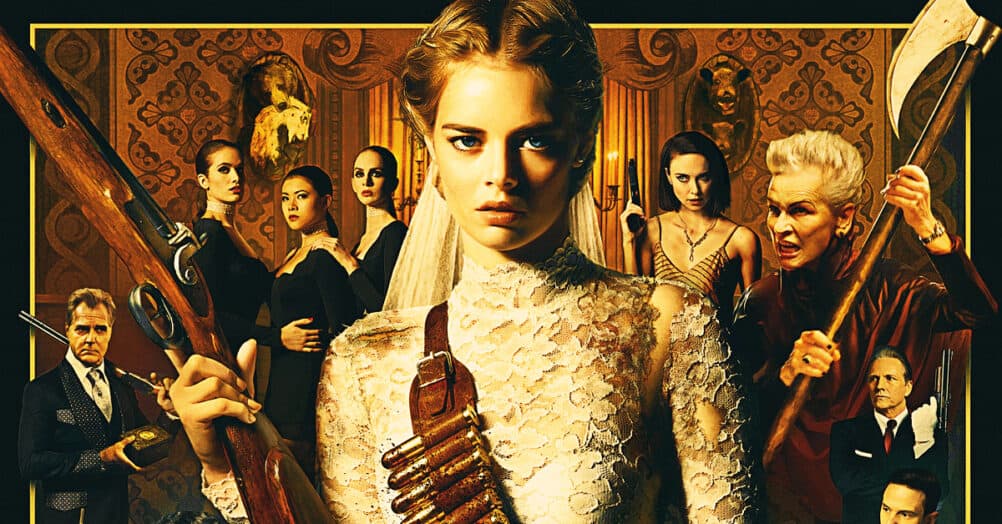
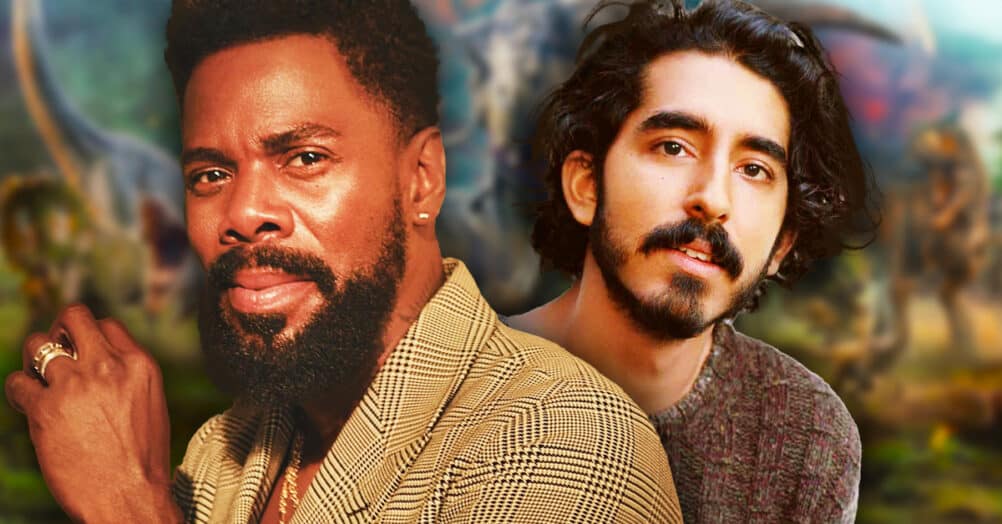
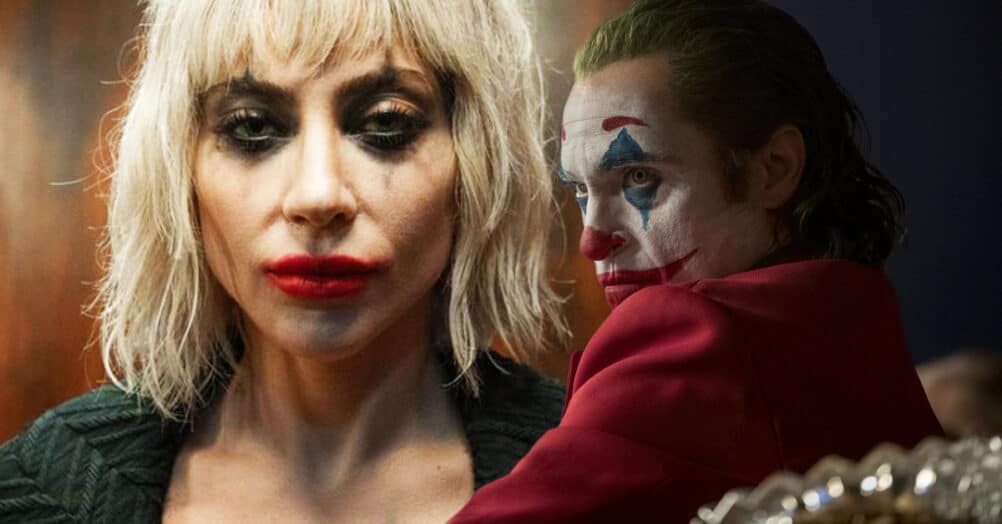
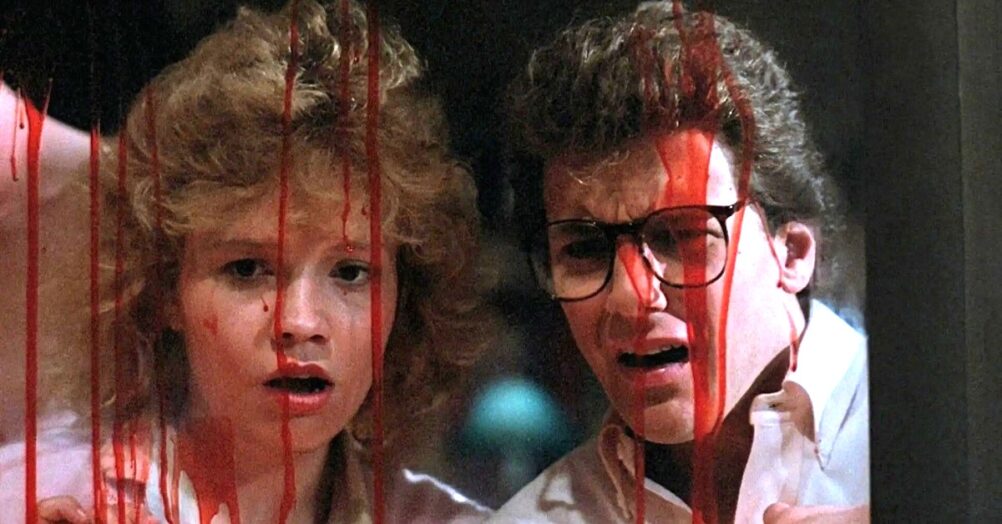
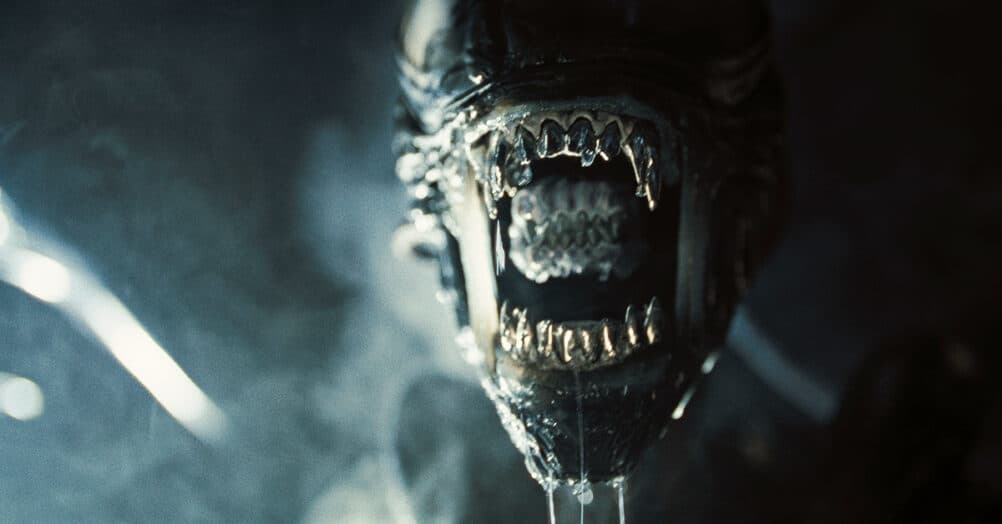
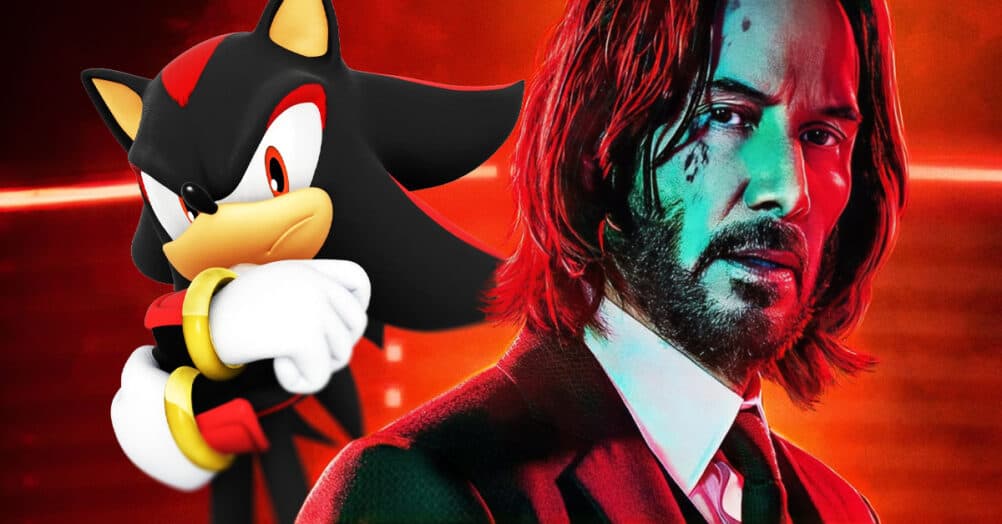
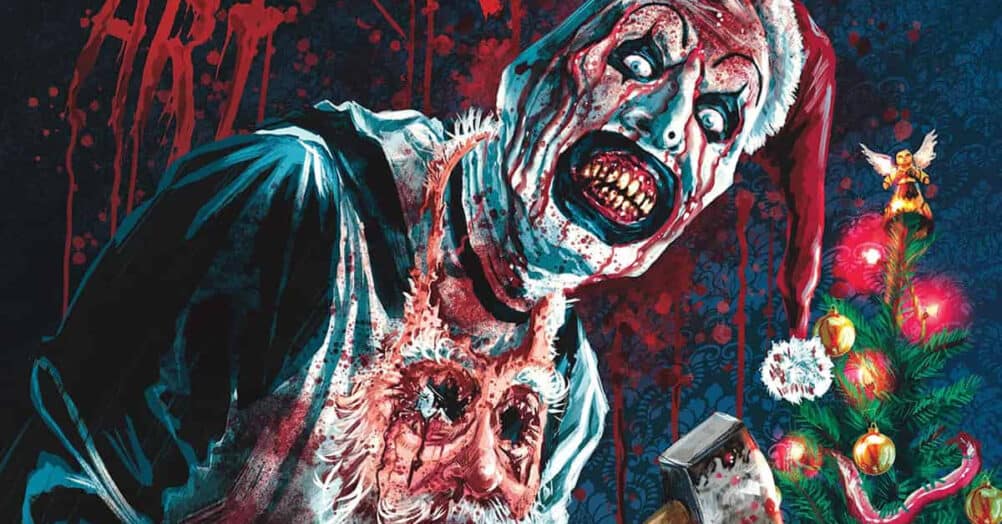
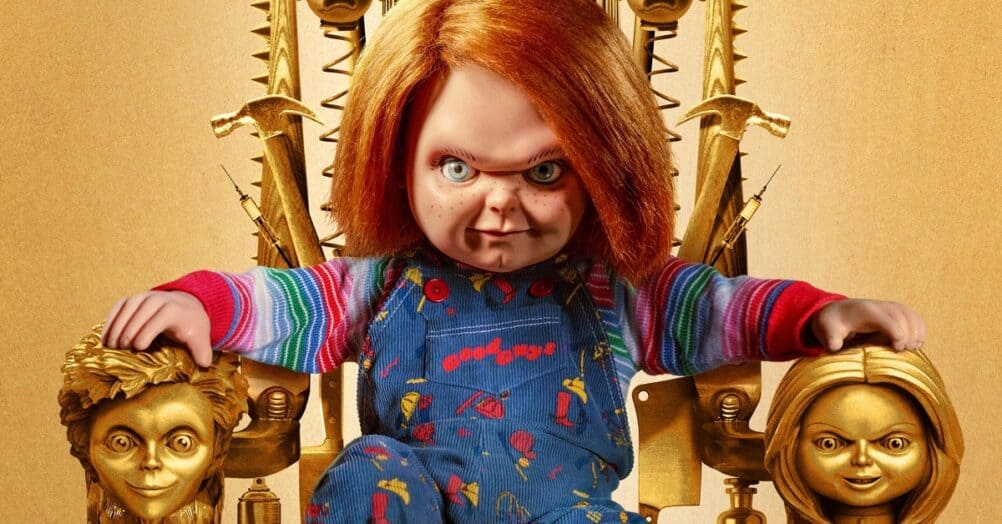

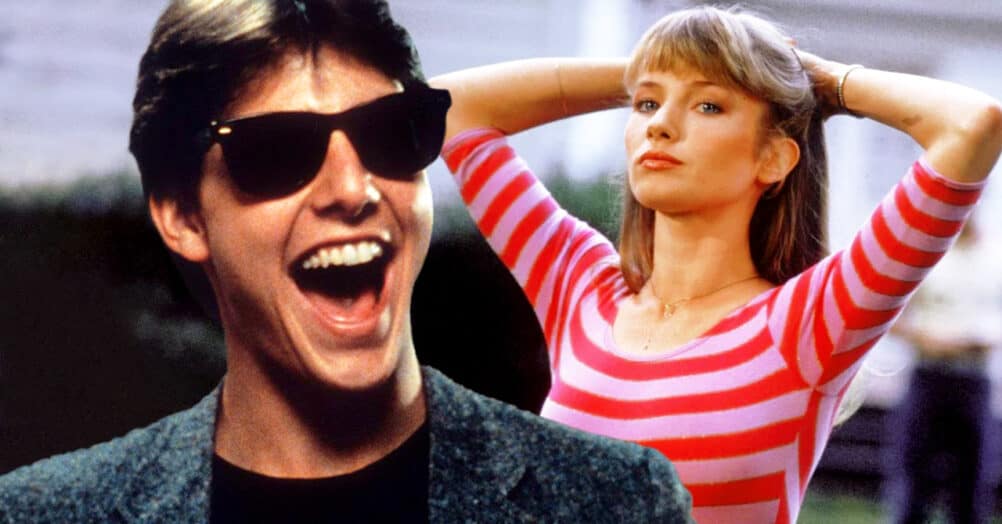
Follow the JOBLO MOVIE NETWORK
Follow us on YOUTUBE
Follow ARROW IN THE HEAD
Follow AITH on YOUTUBE